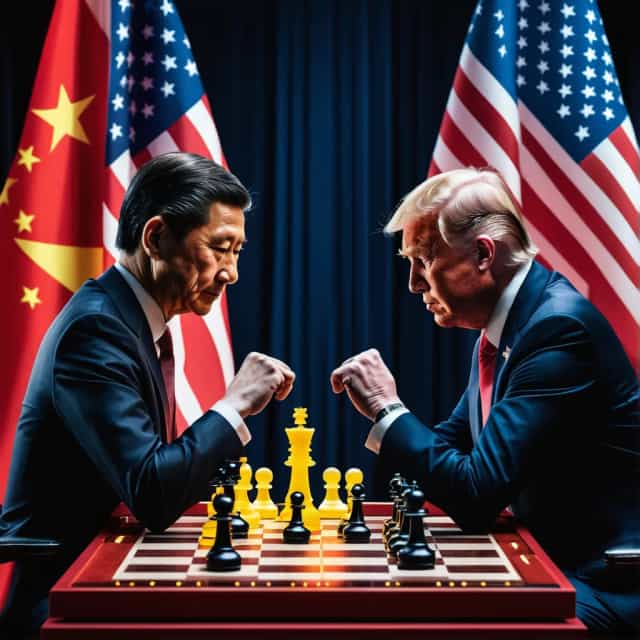
출처: Block Media
Native Markets Secures USDH Stablecoin Amid Competitive Bidding Process
Native Markets has successfully acquired Hyperliquid’s USDH, a US dollar-backed stablecoin, following a highly contested bidding process marked by extensive industry scrutiny. This acquisition, finalized via a decisive community vote, has positioned Native Markets at the forefront of the stablecoin sector while generating significant conversation within the cryptocurrency ecosystem.
Native Markets’ Plan to Expand USDH on Ethereum
As part of the roadmap for USDH, Native Markets plans to introduce ERC-20 token issuance on the Ethereum blockchain. This initiative aligns with Hyperliquid’s first improvement proposal, the Hyperliquid Improvement Proposal (HIP). Founder Max Fiege detailed these plans through X (formerly Twitter), emphasizing a phased rollout. Initially, the company will conduct limited trials, capping issuance and redemption transactions at $800 per operation. These trials, involving select participants, aim to ensure the stability and efficiency of the system. After successful testing, the platform will expand its operations by introducing a USDH/USDC spot order book while removing transaction limits to drive broader adoption and liquidity.
Predictive Markets Foresee Native Markets’ Dominance
Leading up to the critical community vote, prediction platform Polymarket recorded an overwhelming 99% probability of Native Markets’ success. This forecast became even more definitive following the withdrawal of Ethena, another prominent stablecoin issuer, from the competition. The bidding process captivated widespread attention, spotlighting procedural concerns and igniting debates over the fairness and transparency of the selection process.
Industry Debate: Procedural Fairness and Market Implications
The USDH auction and subsequent voting outcome have not been without controversy. Reports from Cointelegraph on October 14 revealed polarized reactions among industry stakeholders. Central to these debates was Native Markets’ ability to unseat more established firms, raising questions about procedural integrity and the competitive dynamics shaping the stablecoin landscape.
Haseeb Qureshi, Managing Partner at venture capital firm Dragonfly, criticized the process, calling the USDH request for proposals (RFP) “meaningless theater.” He alleged that many potential bidders felt the process was rigged in favor of Native Markets, with evaluators neglecting alternative candidates. According to Qureshi, “It seems like backroom deals had already determined the outcome, with little serious deliberation.”
In contrast, Mert Mumtaz, CEO of RPC node provider Helius, offered a more forward-looking perspective. He highlighted the intensifying competition within the stablecoin sector, predicting significant simplification over time. Mumtaz suggested that stablecoin tickers like USDH may eventually become abstracted from end-users entirely. He envisioned a future in which exchanges display a universal “USD” label, with backend systems automatically converting between stablecoins, eliminating the need for user intervention or awareness of individual issuers.
The Road Ahead for USDH and Stablecoins
The success of Native Markets in securing USDH underscores the rapidly developing nature of the stablecoin market. This development signals not only a shift in competitive dynamics but also opens the door to broader discussions about the future of stablecoin technology. As Native Markets begins implementing their roadmap, the cryptocurrency community will be watching closely to assess the long-term impact of this pivotal acquisition.
From increasing token interoperability to enhancing liquidity and adopting more user-friendly systems, the evolution of USDH marks a critical step in shaping the next phase of the stablecoin ecosystem. These changes will undoubtedly influence how stablecoins integrate into the broader financial landscape, offering new opportunities and challenges for both innovators and regulators.










